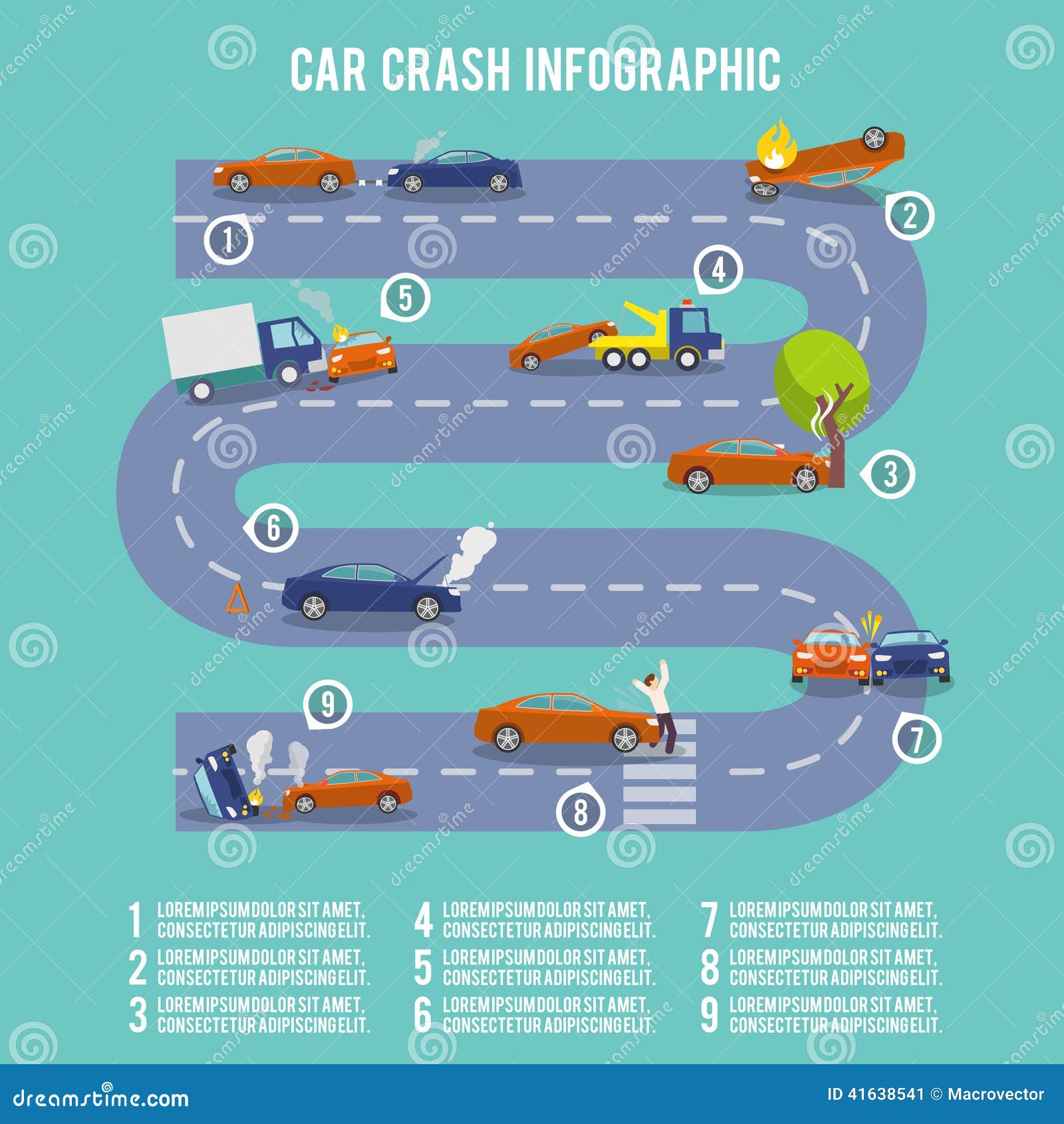Analyzing Your Vehicle'S Alert Lights: Their Real Effects
Analyzing Your Vehicle'S Alert Lights: Their Real Effects
Blog Article
Composed By-Hartley Winters
When you lag the wheel, those radiant warning lights on your dashboard can be a little bit complicated. Do you understand what they're trying to inform you concerning your car's wellness? Understanding the significance of these lights is important for your safety and the durability of your car. So, the next time among those lights turns up, wouldn't you want to decode its message accurately and take the required steps to resolve it?
Common Warning Lights and Interpretations
Determine typical caution lights in your auto and comprehend their meanings to guarantee safe driving.
The most normal warning lights include the check engine light, which indicates problems with the engine or exhausts system. If this light comes on, it's important to have your lorry examined quickly.
The oil pressure advising light shows reduced oil pressure, requiring prompt focus to prevent engine damage.
A blinking battery light may suggest a defective charging system, potentially leaving you stranded if not attended to.
The tire pressure surveillance system (TPMS) light informs you to low tire pressure, influencing vehicle security and fuel performance. Ignoring this can bring about risky driving problems.
The abdominal muscle light shows an issue with the anti-lock stopping system, endangering your capability to quit quickly in emergencies.
Lastly, the coolant temperature warning light warns of engine overheating, which can lead to serious damage otherwise fixed quickly.
Understanding informative post will certainly aid you address problems without delay and preserve secure driving problems.
Value of Prompt Attention
Understanding the usual warning lights in your vehicle is just the first step; the value of immediately dealing with these warnings can't be stressed enough to guarantee your safety when traveling.
When a caution light illuminates on your dashboard, it's your auto's method of connecting a potential problem that needs focus. Disregarding these warnings can bring about extra extreme issues down the road, endangering your security and potentially costing you more in repairs.
Prompt focus to cautioning lights can protect against malfunctions and accidents. As an example, a flashing check engine light could indicate a misfire that, if left unattended, can create damage to the catalytic converter. Addressing this promptly can save you from a costly fixing.
In a similar way, a brake system cautioning light could signify reduced brake liquid or worn brake pads, crucial components for your safety when driving.
DIY Troubleshooting Tips
If you notice a caution light on your control panel, there are a few do it yourself repairing pointers you can attempt prior to seeking expert aid.
The first step is to consult your car's handbook to recognize what the certain warning light suggests. Sometimes the concern can be as straightforward as a loose gas cap activating the check engine light. Tightening up the gas cap may fix the problem.
One more usual problem is a low battery, which can set off various advising lights. Inspecting the battery connections for rust and ensuring they're safe could take care of the trouble.
If a caution light persists, you can attempt resetting it by disconnecting the car's battery for a few minutes and then reconnecting it. Additionally, checking your lorry's liquid degrees, such as oil, coolant, and brake fluid, can assist troubleshoot alerting lights associated with these systems.
https://travisrnicx.izrablog.com/30753718/automobile-detailing-trends-ahead-what-to-anticipate-over-the-next-5-years
In conclusion, comprehending your cars and truck's caution lights is vital for maintaining your vehicle running efficiently and securely. By without delay dealing with these informs and understanding what they mean, you can prevent pricey fixings and possible failures.
Keep in mind to consult your auto's manual for particular information on each alerting light and do something about it appropriately to ensure a hassle-free driving experience.
Stay educated, remain secure on the road!
